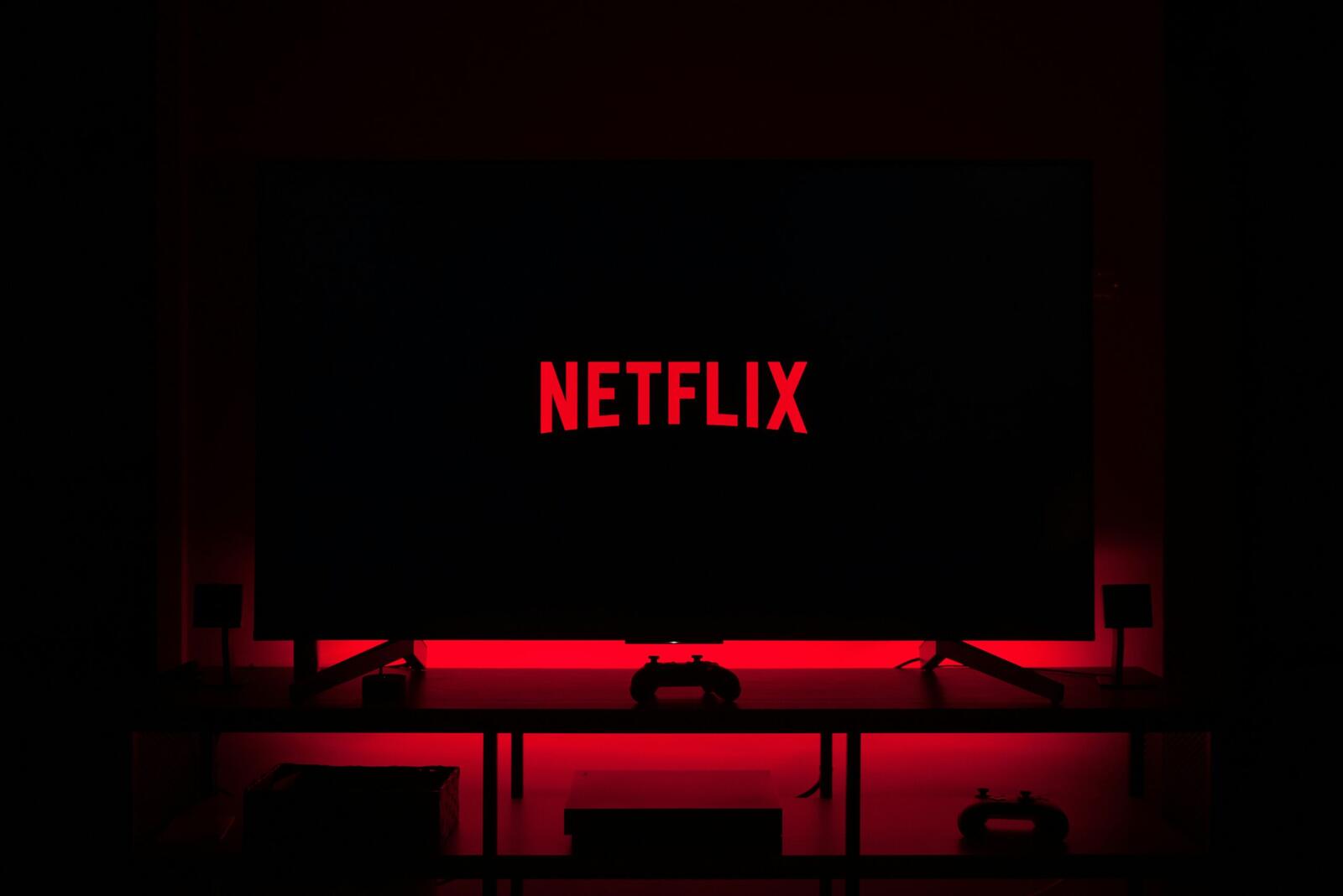Netflix could be saying goodbye to its match percentage feature, a system that aimed to gauge how well a viewer’s tastes aligned with a particular movie or show. This comes as Netflix acknowledges that the percentages, indicating alignment with content, were perplexing for users.
A Netflix representative confirmed, “The streamer is likely to drop those confusing percentages on a tile’s pop-up menu.” The match percentage feature was introduced in 2021 as a replacement for the “Surprise Me” function. However, the company found that this percentage system was not resonating with users, leading to its discontinuation in early 2023.
Tags Take the Spotlight
For a more user-friendly and effective recommendation system, Netflix is placing more of a focus on tags. The streamer now relies on tags, short buzzwords or phrases, displayed at the bottom of a tile’s pop-up, to guide users towards content aligned with their preferences.
Allan Donald, a director of product at Netflix, compared tags to cover lines in magazines, stating, “Tags make as much of a difference as a cover line in that snap ‘this is for me’ decision.” The streamer has a dedicated team of 30 taggers responsible for crafting and assigning over 3,000 tags, ensuring a diverse and precise categorisation of content.
Understanding Viewer Behaviour
Netflix moving from match percentages to just tags is rooted in a deeper understanding of viewer behaviour. Eunice Kim, Netflix’s chief product officer, revealed that if viewers haven’t hit play within 53 seconds, the likelihood of them watching anything drops precipitously.
The company found that tags, combined with box art, synopsis, and trailers, significantly influence viewer engagement. Tags act as descriptors and categorize content, helping users make quick decisions about what to watch. The removal of match percentages aligns with Netflix’s commitment to refining its recommendation engine and ensuring a seamless user experience.
More from News
- Time Is Money: How Are Business Owners Spending In 2025?
- How Will Federal Agencies Use ChatGPT Enterprise?
- How Much Water Do Data Centres Actually Use?
- What Is Agentic AI?
- Did Sam Altman Remove ChatGPT 4o?
- Nearly Half Of Corporate Passwords Cracked In 2025 Cybersecurity Tests
- How Can Graduates Adapt To AI In The Workplace?
- What Is Google’s AI Mode And How Does It Work?
Different Eras of Recommendation Systems
The removal of match percentages by Netflix is part of its ongoing evolution in how it navigates viewer preferences. The streaming service has a history of introducing and discontinuing features to enhance user experience. The match percentage system itself evolved from earlier attempts to tailor content recommendations.
Netflix has previously experimented with a 5-star rating system before transitioning to a simpler thumbs up/thumbs down model. The elimination of match percentages in favor of tags reflects a commitment to simplifying and improving the recommendation process.
Sophistication in Simplicity
Netflix’s decision to rely solely on descriptive tags for content recommendations is also a step towards simplicity. The platform acknowledges that viewer engagement is influenced by various factors, and the new tagging system seeks to streamline the decision-making process.
Allan Donald emphasised that tags, combined with other elements, play a big part in the viewer’s decision to click on a title. The shift towards tags allows users to search for content based on specific descriptors, such as “visually stunning anime” or “award-winning dark movies,” providing a more nuanced and personalised recommendation approach.
The Human Touch in Tagging
Unlike automated systems, Netflix’s tagging process involves human input. A team of 30 taggers is responsible for carefully curating and assigning tags to titles featured on the platform. This human touch ensures a thoughtful and nuanced categorisation of content, enhancing the accuracy of recommendations.
Tags go beyond a mere algorithmic approach, reflecting an understanding of the diverse and subjective nature of viewer preferences. Netflix aims to provide users with more relevant and appealing content suggestions with human intergration.
Viewer Decision-Making
Netflix’s user-centric approach involves a deep understanding of how viewers make decisions about what to watch. The streamer recognises that users often spend a brief time considering a title before making a choice. Using and prioritising these tags and other visual elements, means Netflix can create a user interface that facilitates quick and informed choices. The elimination of match percentages is a strategic move to address user confusion and enhance the overall streaming experience.



